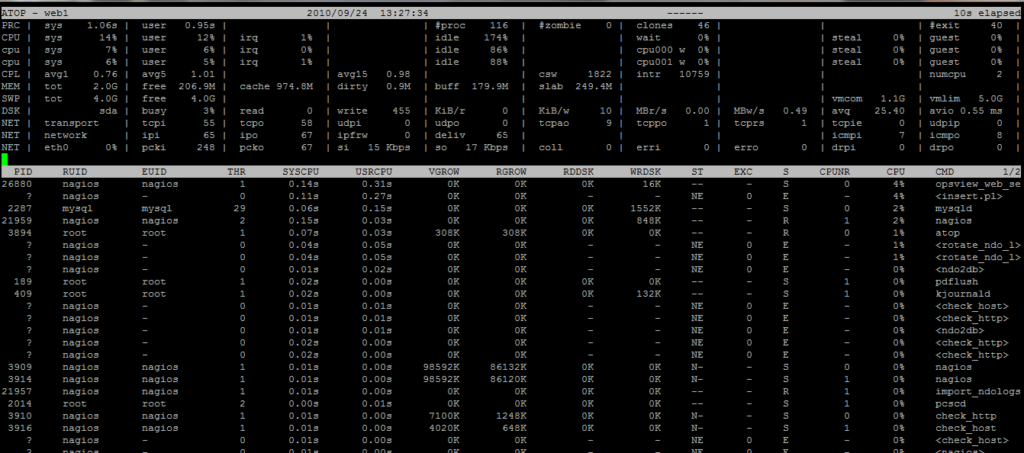Java lacks functionality to pretty print data structures. Let’s remedy that situation.
To make that work we will use code from some other posts : [Is scalar], [join], [List to Map].
It is simple recursive function : dump()
Below you can see an example usage.
You can also experiment with the code here.
import java.util.*;
import java.util.Map.Entry;
class Dump {
//the biggest invention in Java-world since sliced-bread ;)
public static <ARG> void say(ARG arg) { System.out.println(arg); }
//joins Iterable or Collection into a String
public static <T> String join(String delimiter, Iterable<T> lst) {
StringBuilder str = new StringBuilder();
Iterator<T> it = lst.iterator();
while ( it.hasNext() ) {
str.append(it.next().toString());
if (it.hasNext()) str.append(delimiter);
}
return str.toString();
}
//for Classes check if the value is SCALAR
public static boolean is_scalar(Object var) {
if( (var instanceof Number) || (var instanceof String) || (var instanceof Boolean)) return true;
return false;
}
public static HashMap<Integer, ?> list2map(List lst) {
HashMap map = new HashMap();
for (int i=0; i < lst.size(); i++) {
map.put(i, lst.get(i));
}
return map;
}
public static String dump(List lst, String... offset) {
return dump(list2map(lst), offset);
}
// Pretty print a LoL structure, for debugging purposes
public static String dump(Map m, String... offset) {
if (m == null) return "";
StringBuilder rv = new StringBuilder();
String delta = offset.length == 0 ? "" : offset[0];
for( Entry e : (Set<Map.Entry>) m.entrySet() ) {
rv.append( delta + e.getKey() + " : " );
Object value = e.getValue();
if( value instanceof Map ) rv.append( ">\n" + dump((Map) value, delta + " ") );
if( value instanceof Collection ) rv.append( "[" + join(",", (Collection) value) + "]\n" );
if( is_scalar(value) ) rv.append( value +"\n" );
}
return rv.toString();
}
public static void main(String[] args) {
List lst = Arrays.asList(1,2,3,4);
HashMap lvl2 = new HashMap() {{
put("key2-1", "value2-1");
put("key2-2", "value2-2");
}};
HashMap map = new HashMap() {{
put("key", "value");
put("lvl2", lvl2);
put("lst",lst);
}};
say(dump(map));
}
}
here is the output :
lvl2 : > key2-2 : value2-2 key2-1 : value2-1 lst : [1,2,3,4] key : value




